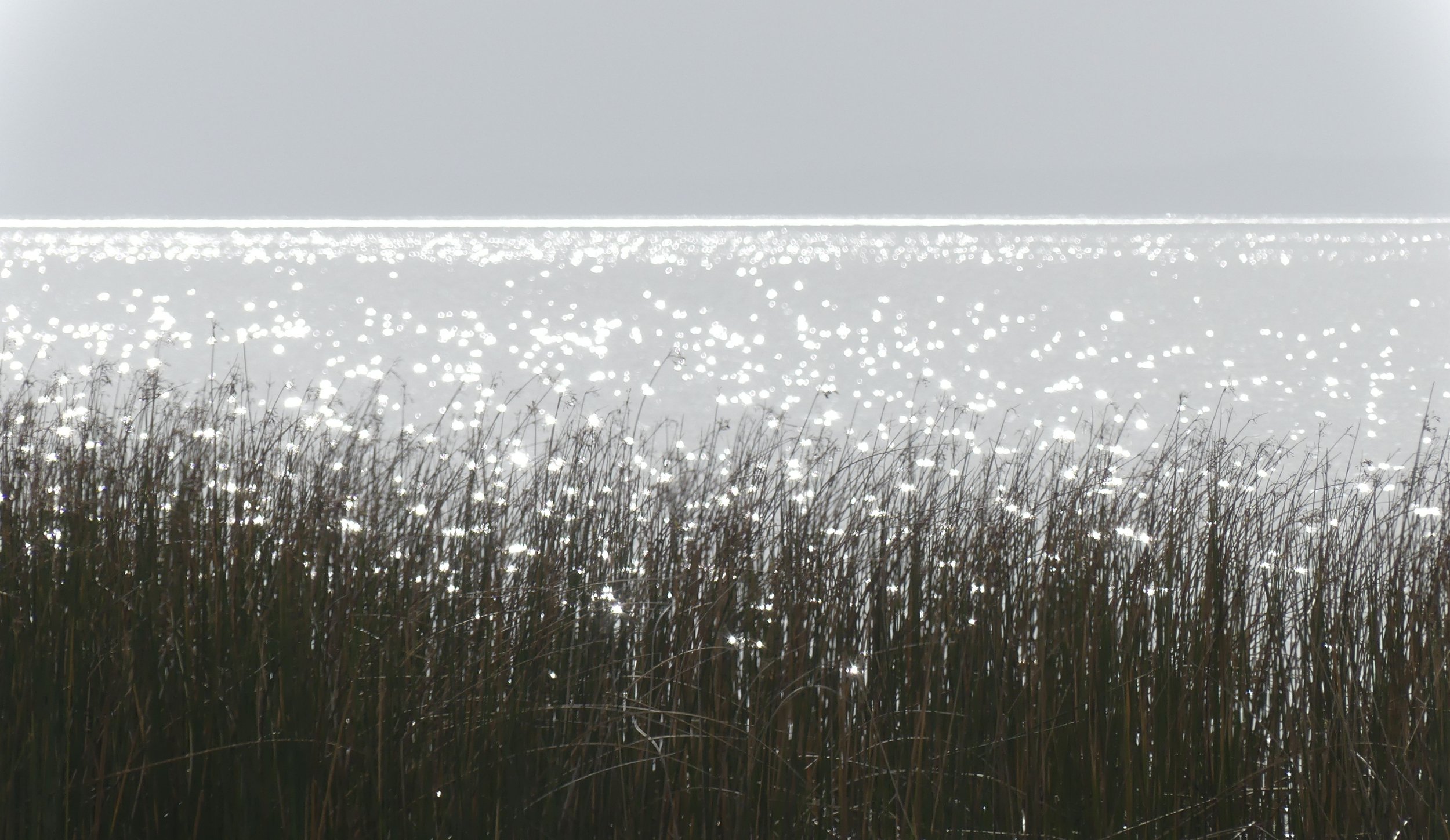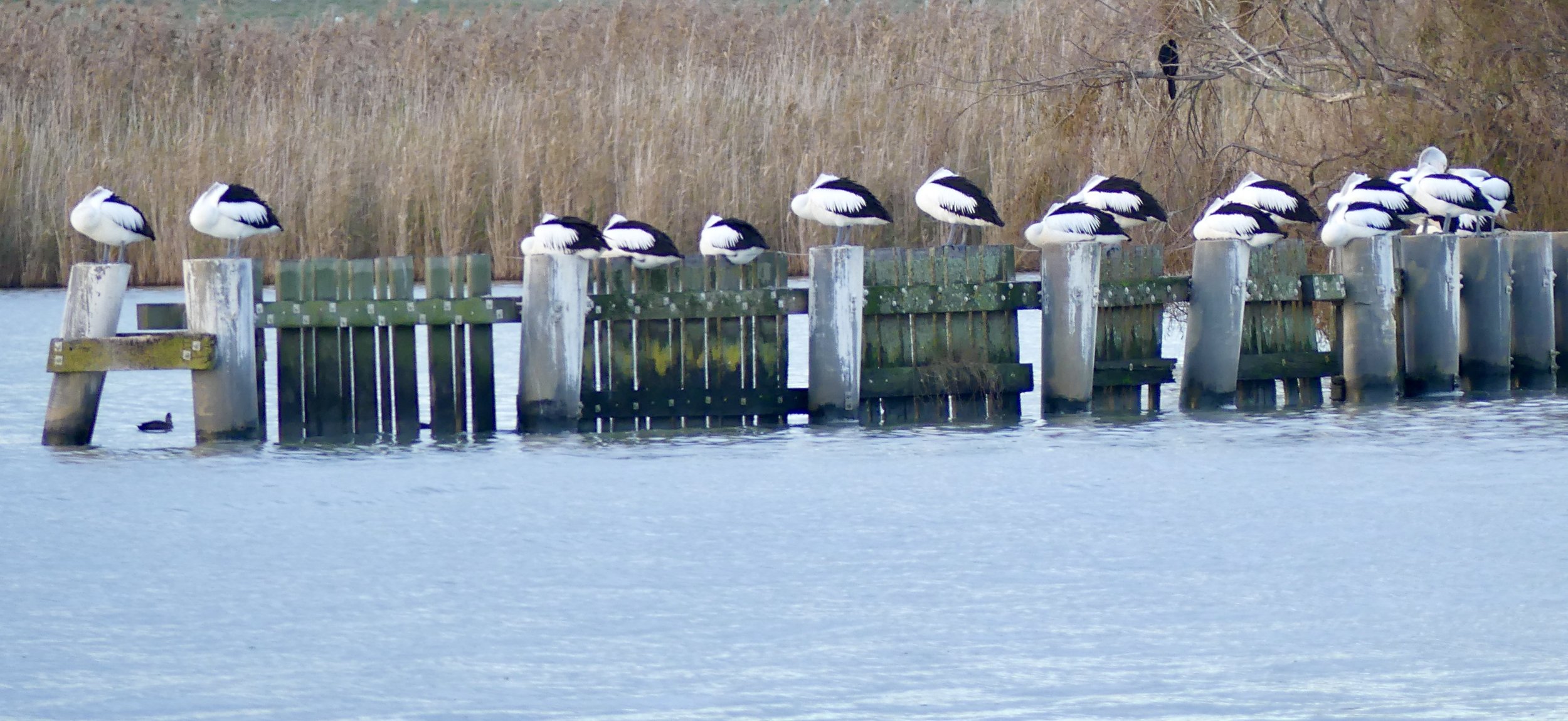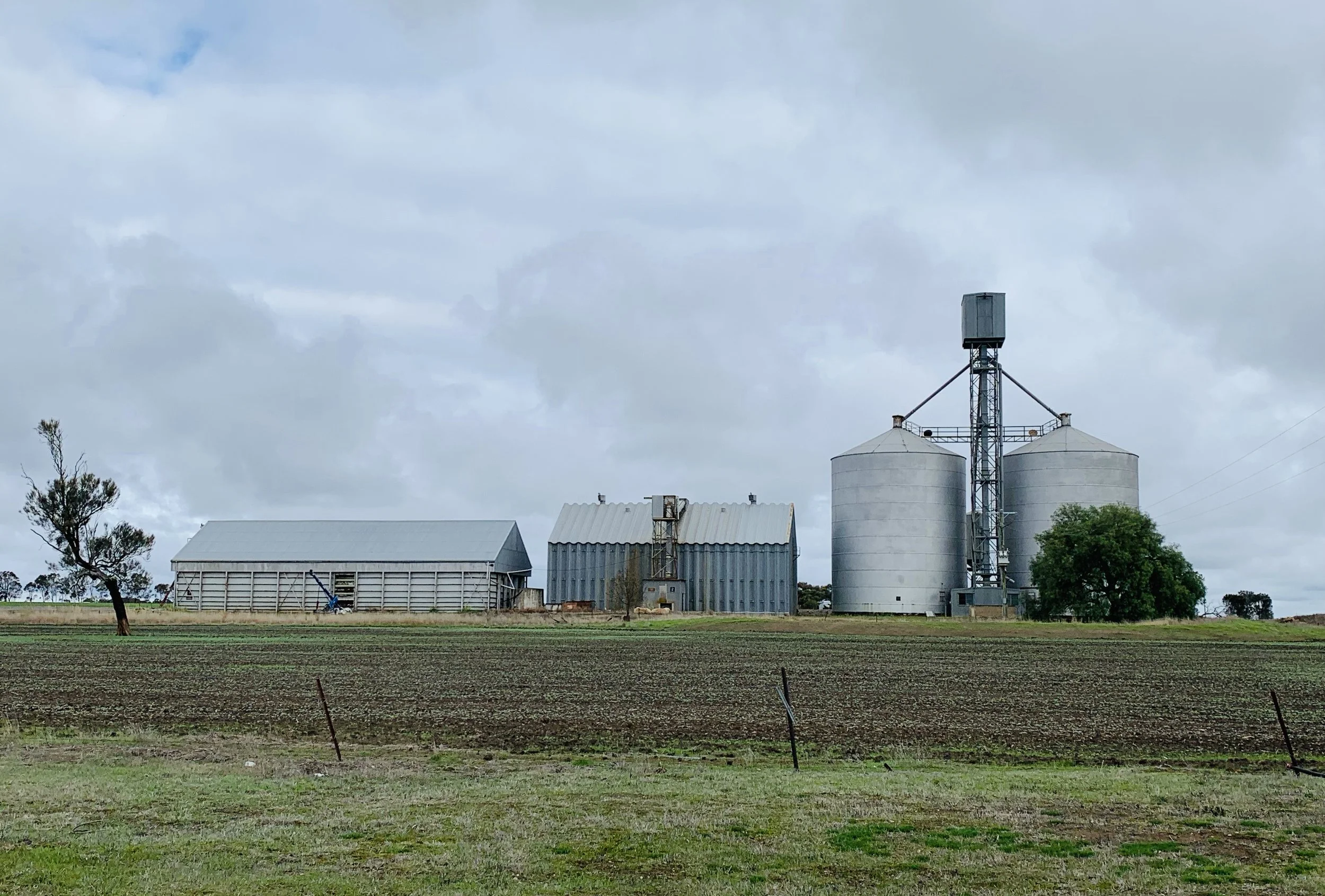Wetlands and Arid Lands
Day 4, Horsham (VIC) to Bordertown (SA), 220 km.
We were no strangers to South Australia, having put the car on The Ghan from Adelaide to Alice in 2015; and explored the Adelaide Hills and Barossa Valley wine regions the same year. 2015 was a very good year, for travel.
Disturbingly, and contrary to Australian place-name convention, Bordertown was not on the border, but 20 km further down the Dukes Highway. At the border post we had to show proof of compliance with covid restrictions to enter SA.
Not long after our move to Australia I wrote about place names, which are still a favourite subject. Back then, I created five categories: Experience; Bzzz Repetition; Silly; Forenames; and Too Many ‘O’s. Forenames included Elizabeth, Gregory, Laura, Sydney, Katherine, Theodore, Mary Kathleen, Bruce, Lucinda – and Keith.
Great place name in Northern Territory
Forty kilometres or so up the road was Keith, a tiny town founded in 1889 and named after the Scottish ancestral home of the colonial governor of South Australia at the time, Lord Kintore. It is a fine example of anachronistic place-naming.
At Tintinara we turned on to Woods Well Road heading for The Coorong.
Saltbush and mangroves
Lagoon and dunes
Pied Cormorant on sentinel duty
The Coorong is a unique area 200 km south of Adelaide. From the north it can be accessed on the Princes Highway from Meningie, or by boat from Murray Mouth. The highway follows the saline lagoon and wetland south for 140 km or more. The volume of the Murray River and the location of its mouth vary according to rainfall in the catchment, water theft upstream and channel ‘enhancement’ to maintain flow. Whether or not the Murray had a mouth at all was frequently a hot topic when I lived in Queensland, thousands of kilometres away, which seems crazy until you remember that the Murray-Darling river system is fed by tributaries way up in Queensland.
The lagoon is separated from the Southern Ocean by a substantial sand spit, but dunes are not invulnerable if river flow is large and seas are rough. This is an article from The Age in 2006. Debate about environmental flow is as relevant nearly two decades later as it was then. In our time of climate crisis, Australia grapples with the impacts of extracting water from major waterways in drier regions, but in others there is a frightening new reality, currently being played out in ‘flood-ravaged northwest Sydney’.
We stayed a couple of nights in Meningie: the weather improved; we ran up the Narung Road; we chilled; we ate delicious Coorong Mullet at Freshies, within cooee of the campsite; and we stared a lot at the calm, untroubled waters of Lake Albert. The only blot on the horizon was the Maroons being thrashed again by the Blues in the second State of Origin, damn it.
We drove a circuit round the Narrung Aboriginal Area (103 km) and came across these.
We headed north from Meningie, passing yet another Pink Lake and taking a ferry across the Murray at Wellington.
…Then west to Strathalbyn, and on to Adelaide. I wasn’t keen to return to urban life, however briefly, but a van problem had to be investigated. We stayed in a hotel 20 minutes east of the CBD, up a long, long incline of the Adelaide Hills. The hotel was a masterclass in excessive security: even corridor doors had to be locked; and there was no way of getting in and out of the place carrying luggage in two hands. Our room was cold and high-ceilinged: good sleep though, in a large bed; and the restaurant offered sustainable fish, with veggies not chips.
Meningie to Adelaide 173 km. Adelaide to Peterborough 266 km.
Next morning it was back down the hill into the city, where the caravan repair yard was unable to help us. Motorway stress in search of the right way north out of Adelaide was followed by extensive roadworks. There were loud construction workers in the campsite at Peterborough, and two enormous trucks overnighting with them. Couldn’t wait to move on to Port Augusta!
Peterborough to Port Augusta 144 km.
At one point during the grand planning of this trip, we thought of taking the ferry from Wallaroo on South Australia’s Yorke Peninsula across to Lucky Bay on the Eyre Peninsula, to avoid driving round the top of the Spencer Gulf, but the ferry wasn’t running. If it had been, we might never have spent time at the Australian Arid Lands Botanic Garden in Port Augusta, which would have been a great pity.
Spencer Gulf and distant Flinders Ranges
On a hot day, Arid Lands felt like the outback proper, even though it’s on the edge of town. Its red dirt, low sand hills, saltbush flats, many types of eucalypt, mulga and mallee and flowering wattles were simply fabulous.
Flinders Ranges as backdrop
Western Myall (Acacia) trees
Mulga
Australia has extensive arid zones but it wasn’t until the Arid Lands Botanic Garden was established in the 1980s and ‘90s that a research facility and visitor centre made these spectacular landscapes accessible and appreciable. If you go anywhere near Port Augusta, do not miss this.
Western Grey
Wattlebird
Western Walleroo (aka Euro)
Singing Honeyeater
White-browed Babblers
Acacia and gumblossoms
Doorway into a secret garden
The Coorong, and Lakes Alexandrina & Albert Wetland is designated under the Ramsar Convention on Wetlands of International Importance (1985). The area provides different habitats that are particularly important for birds. A 2008 report by the CSIRO (Commonwealth Scientific and Industrial Research Organisation) identified greater consumption of water from the Murray-Darling inevitably increasing the chance of cease-to-flow conditions at the mouth. Since then the climate crisis has become a larger-than-ever elephant in the room.
The Arid Lands Botanic Garden was a huge contrast to the Coorong lagoon and nearby lakes. We went from one to the other in a matter of days. I’ve always found deserts landscapes more fascinating than watery ones. A longing to experience a ‘proper’ desert was supercharged by a brief visit to the Negev in Palestine many years ago.
Australia’s deserts drew me like a magnet: empty, often desolate, always stark; wizened hardy vegetation; dramatically solitary trees; impenetrable scrub; gibber plains; weird rock outcrops… Wonderful, all of them.



































